Dry meadows flourish in the middle of summer
Summery dry meadows add some welcome variation to the forest-filled landscapes of Finland: open spaces, low vegetation and flowers! The plant species found dry meadows have adapted to living in an environment with few nutrients and ample light. In the middle of summer, in the scorching sunlight, they bloom most impressively. Dry meadow flowers depend on insects to pollinate them, which is why blooming dry meadows are full of butterflies, beetles, hymenopterans and other buzzing bugs. In late summer, the plants often wilt due to lack of rainfall, but by then their new seeds have already matured and fallen to the ground to await next year’s summer.
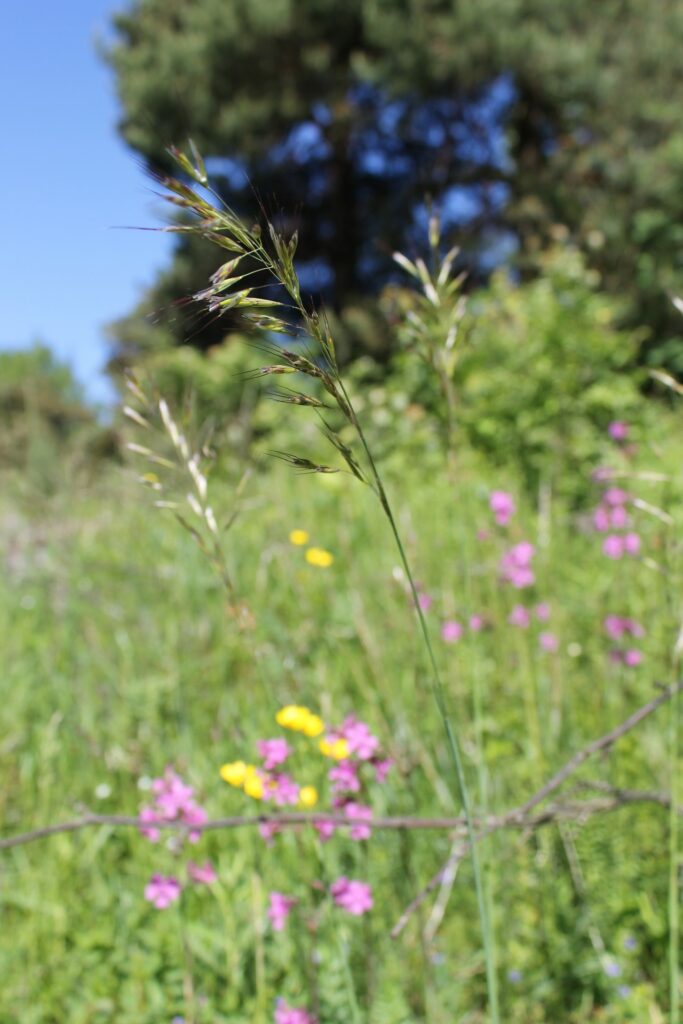
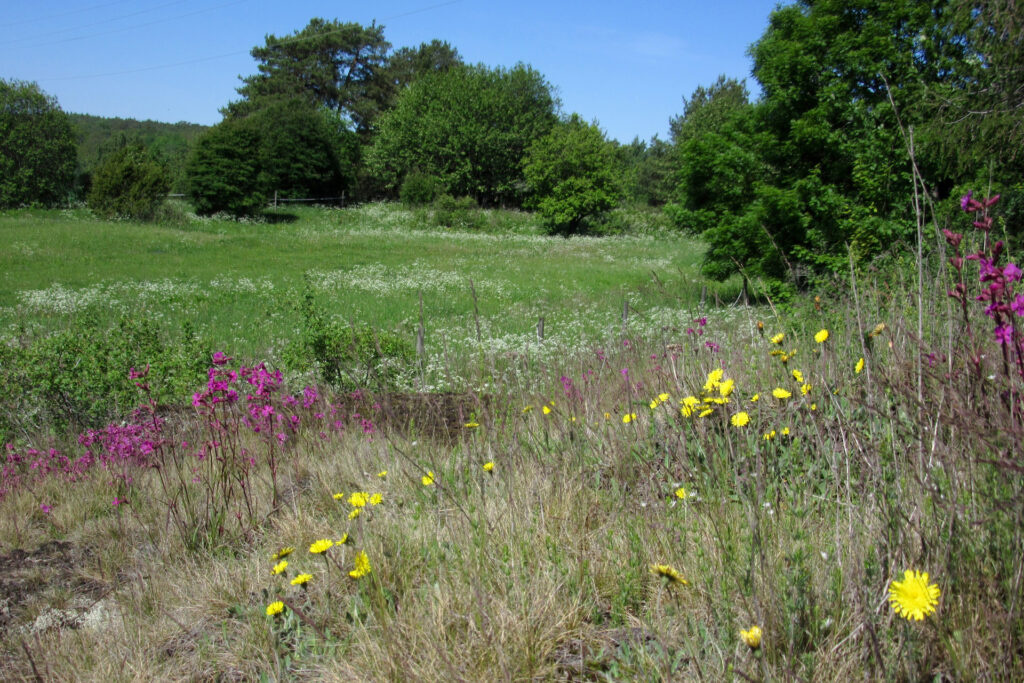
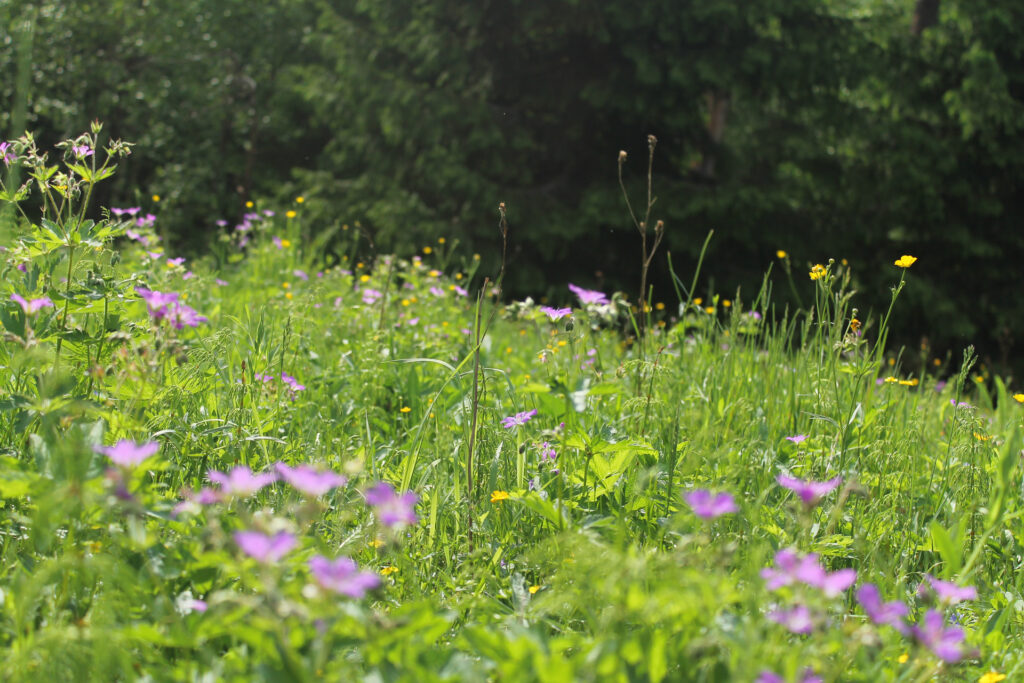
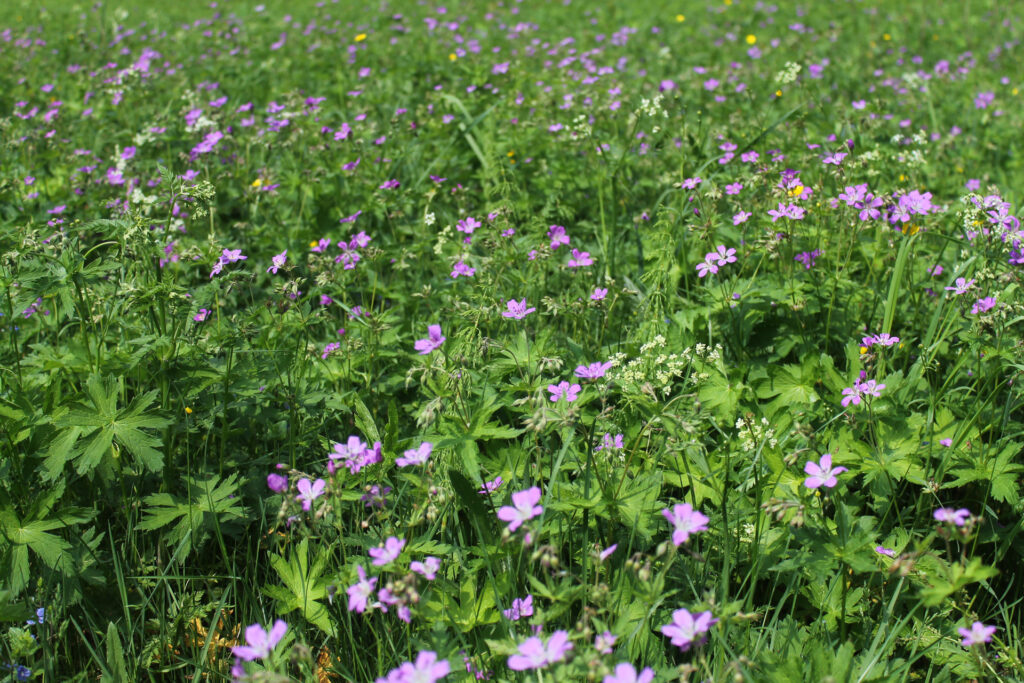
The dry and mesic meadows of Ruissalo
Dry and mesic meadows are open habitats created as a result of grazing and haymaking. They are called traditional rural biotopes, which have, over centuries of agricultural use, developed rich and distinct flora and fauna that differ significantly from those found in surrounding environments. However, agricultural and social changes have driven traditional rural biotopes to the brink of extinction, reducing their numbers to a fraction of what they used to be. As a result, the species found in these habitats have also become threatened; of all the threatened species in Finland, a quarter live in traditional rural biotopes, particularly dry meadows. Finland’s remaining meadows are maintained by clearing, mowing and grazing.
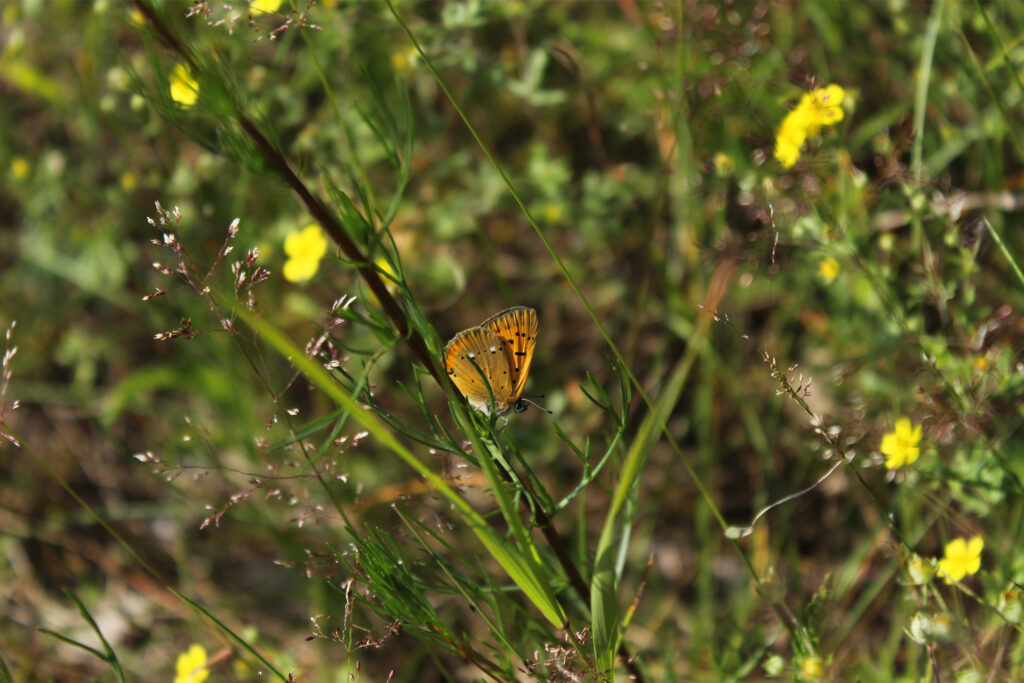
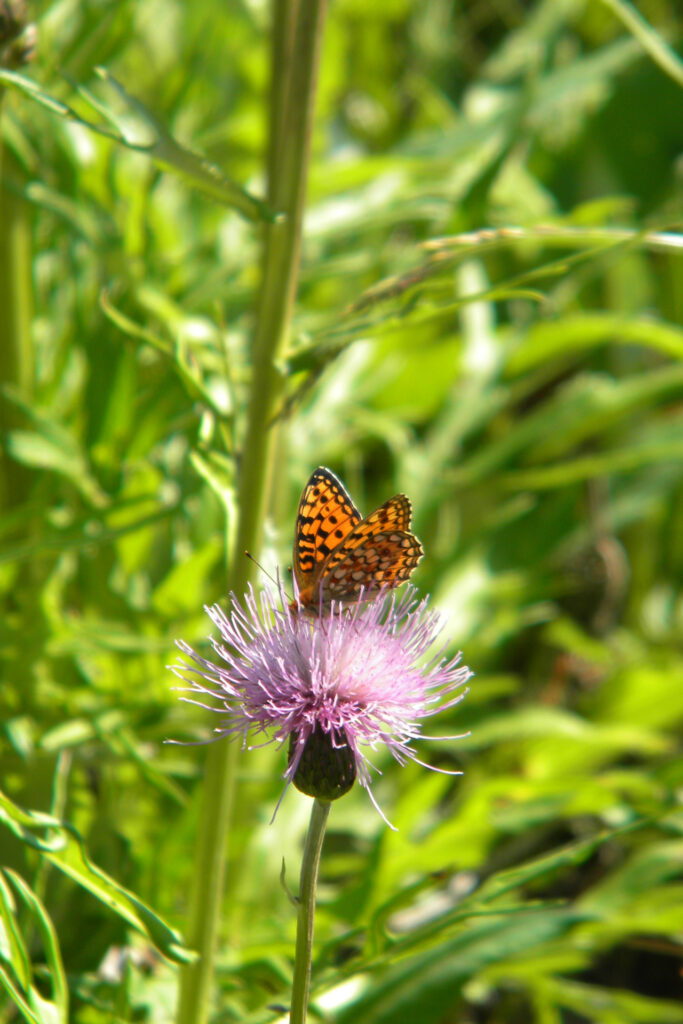
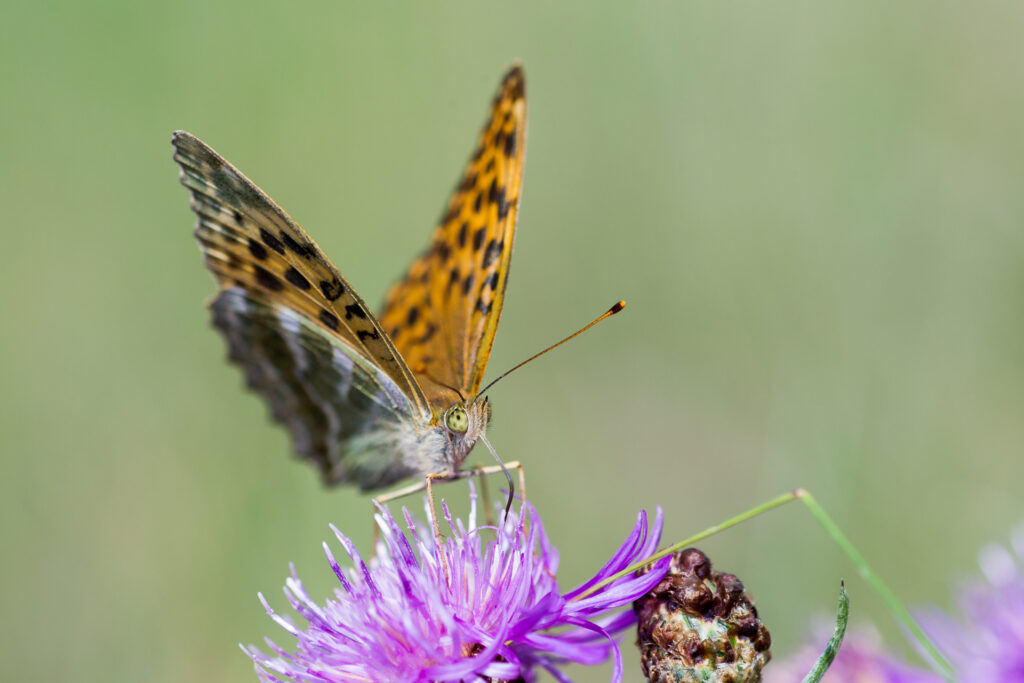
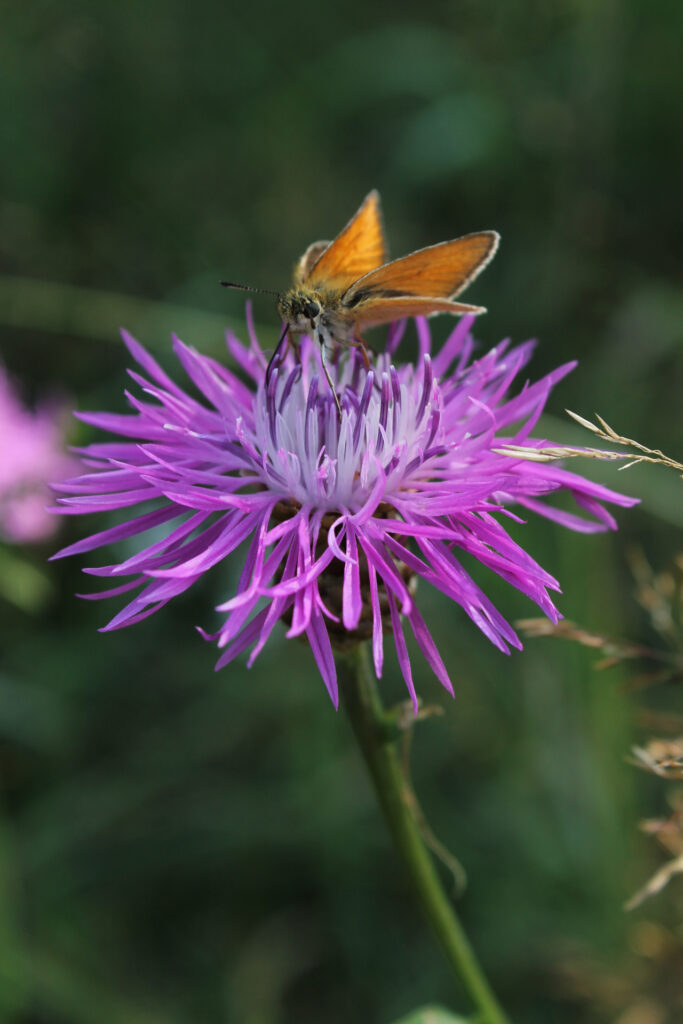
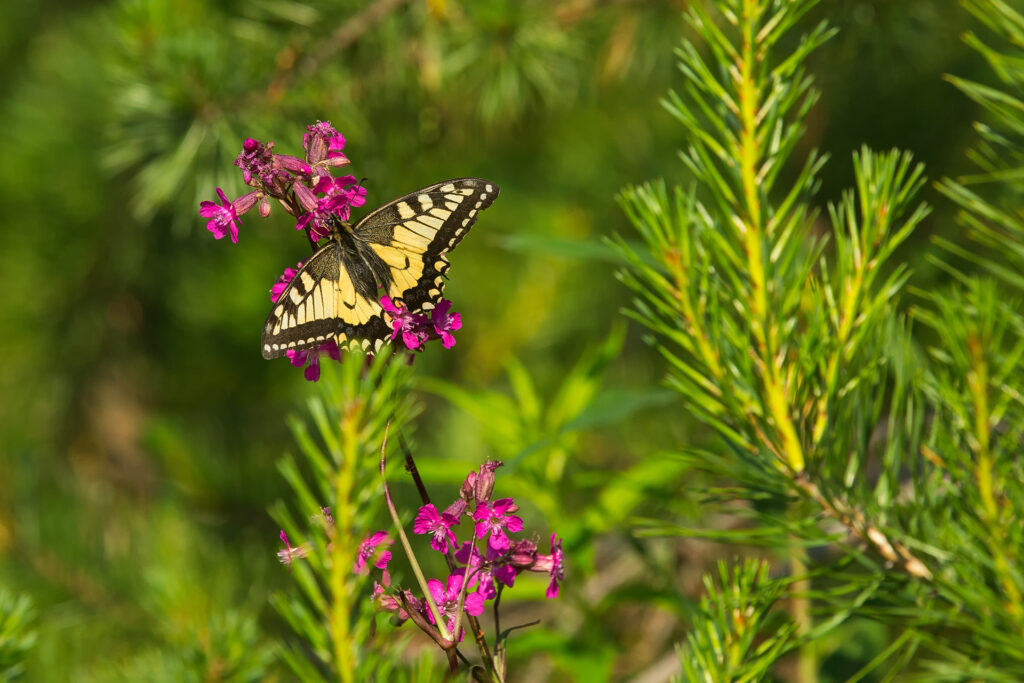
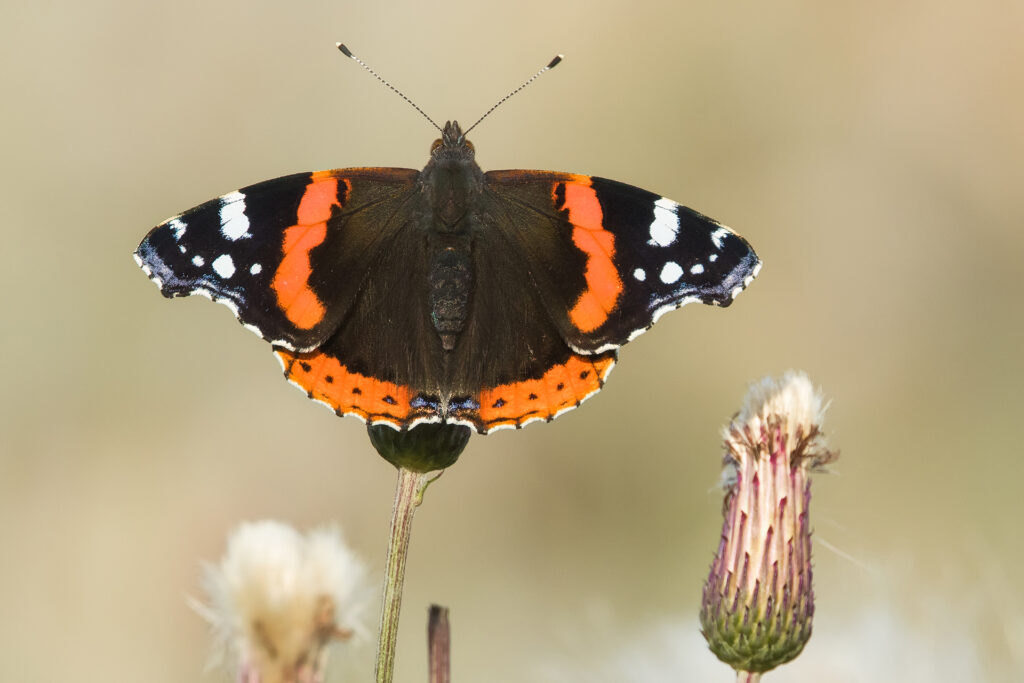
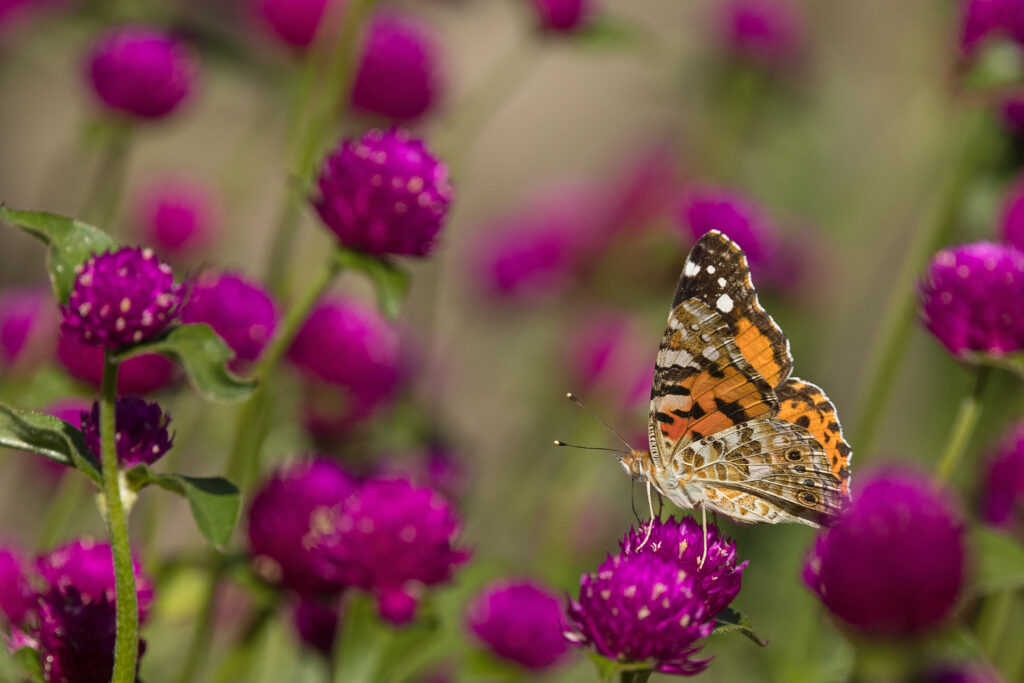
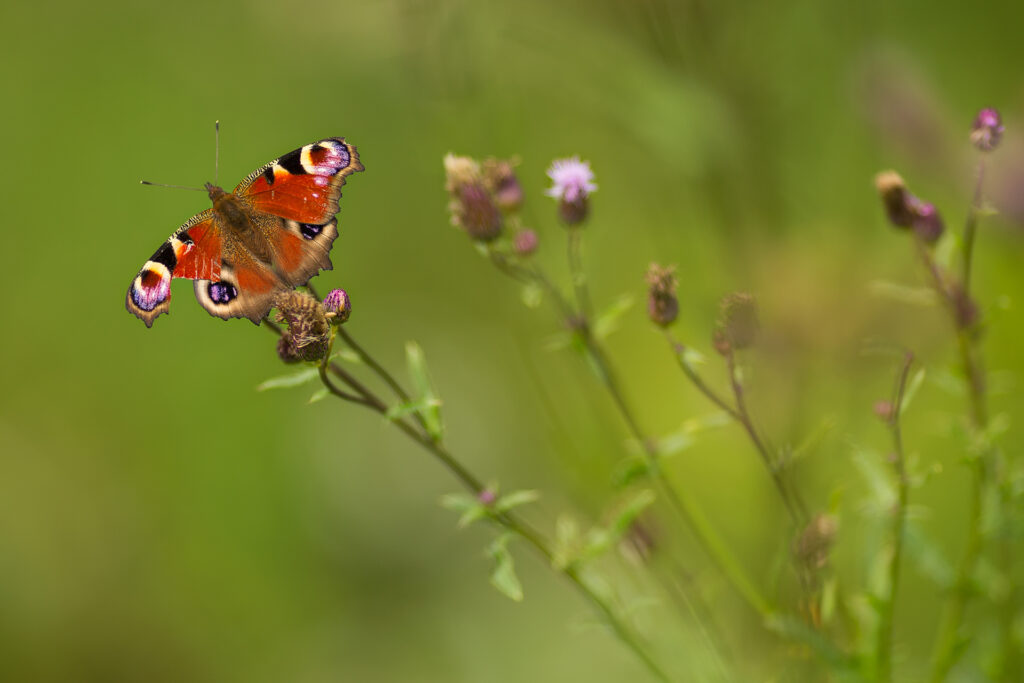
Butterfly species typically found in meadows include coppers and heliconians. In dry meadows, you can often encounter a variety of other colourful butterflies as well. The spectacular old world swallowtail lives and breeds in Finland. Red admirals and painted ladies, on the other hand, arrive in the spring and lay their eggs on the plants that they feed on. By the end of the summer, a new generation born in Finland will have taken wing. However, red admirals and painted ladies cannot endure the winter, and at least red admirals have been observed engaging in back migration, with the individuals born in Finland heading south in late autumn to escape the cold.
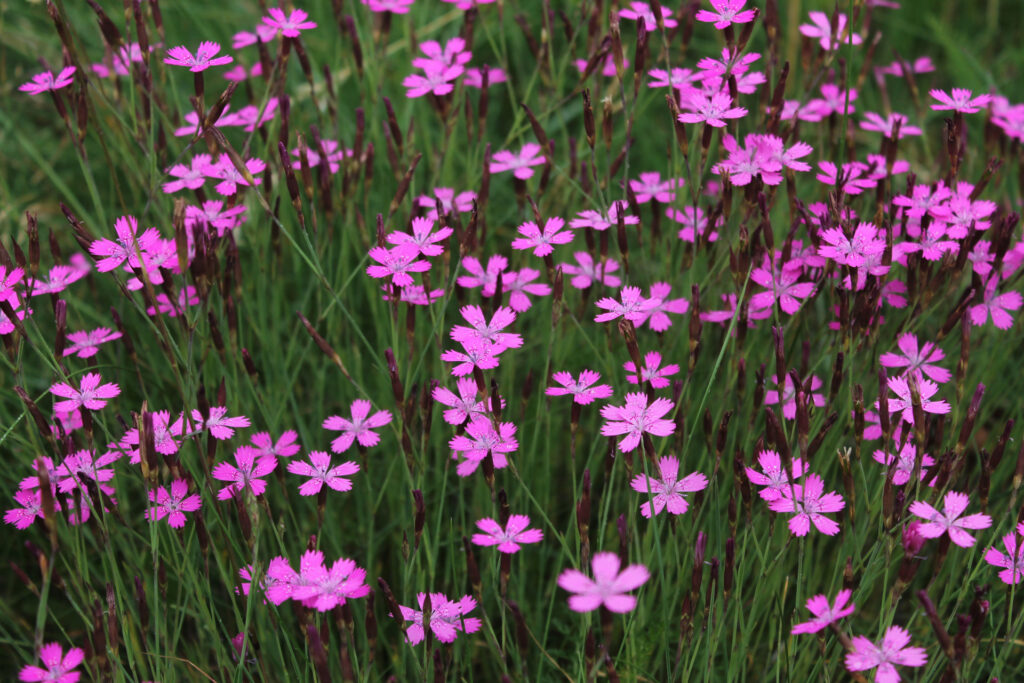
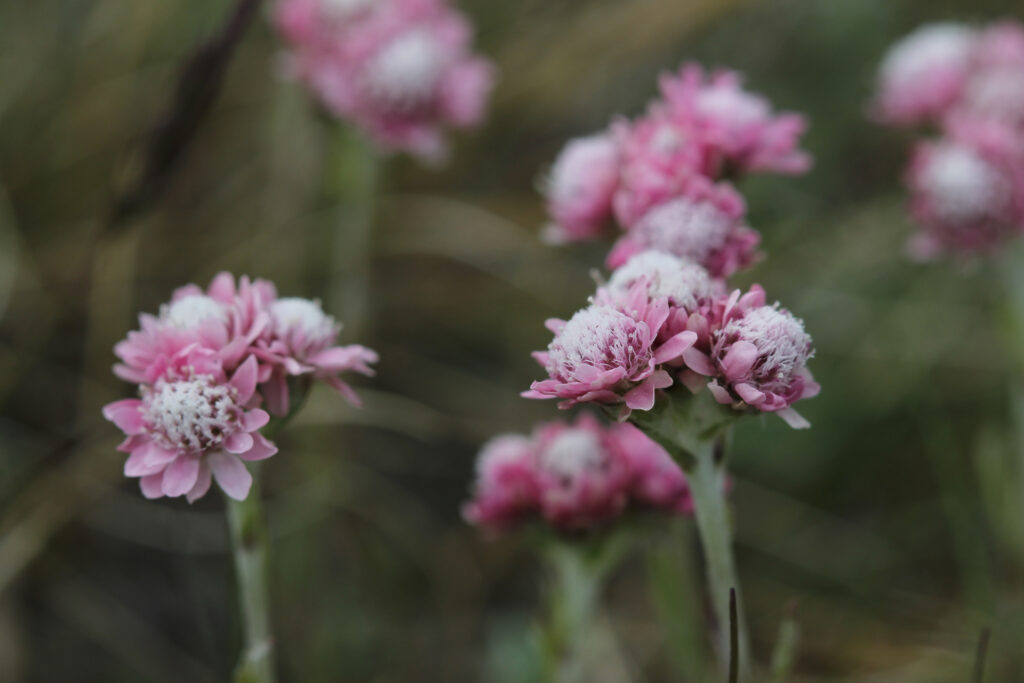
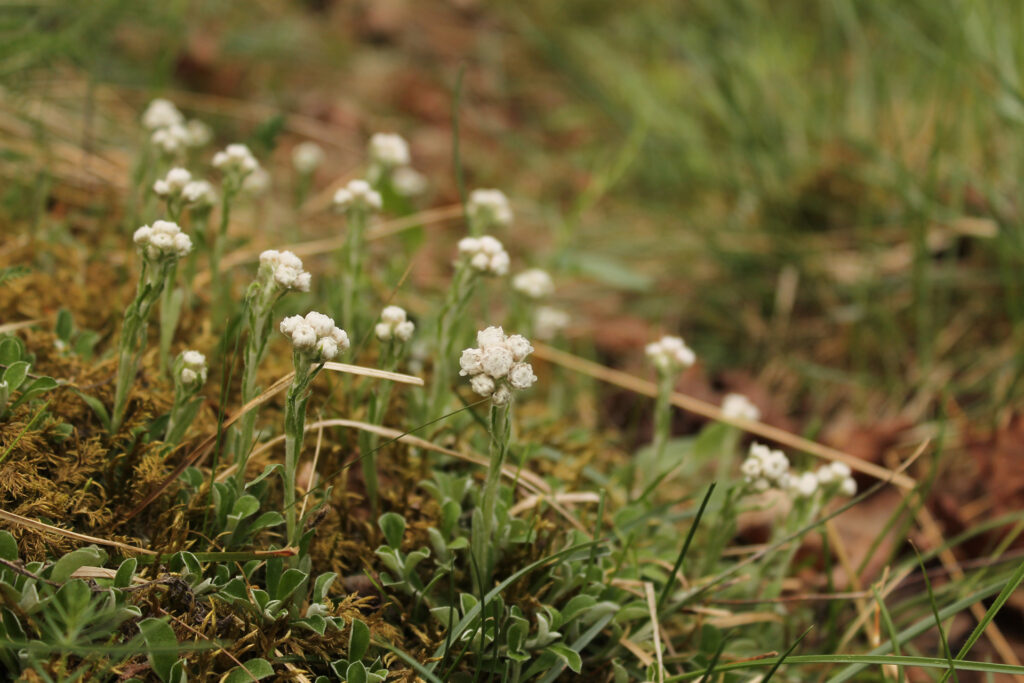
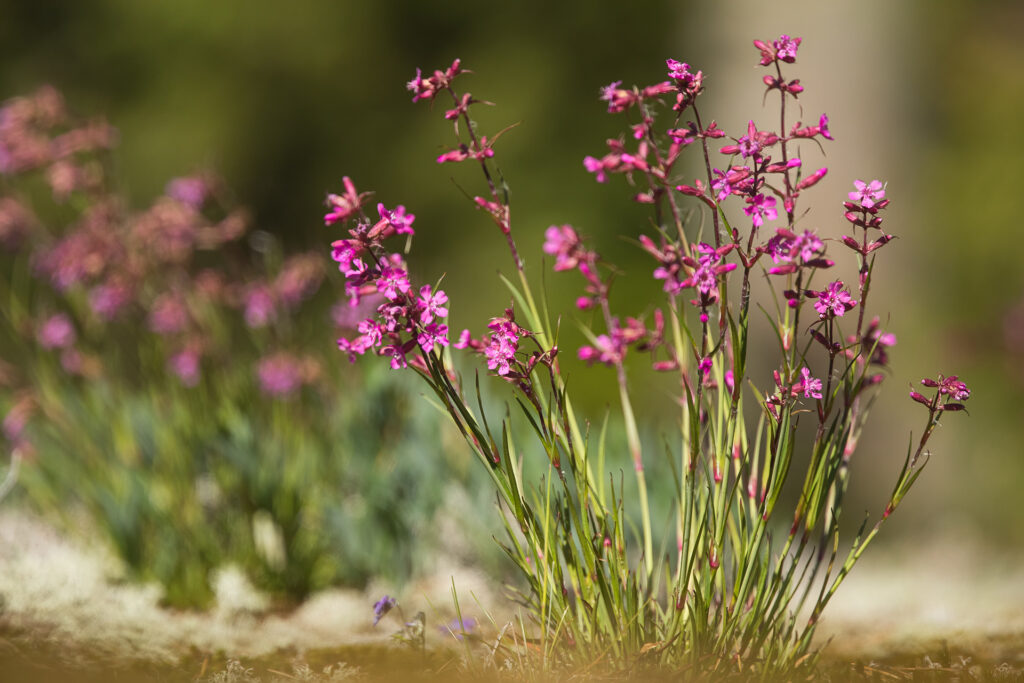
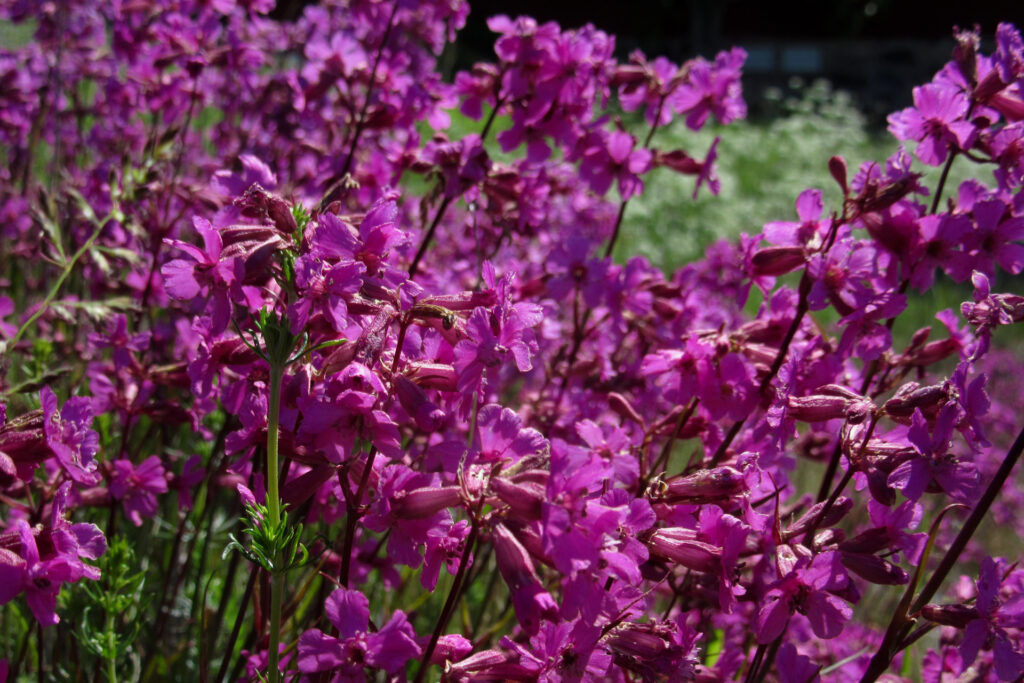
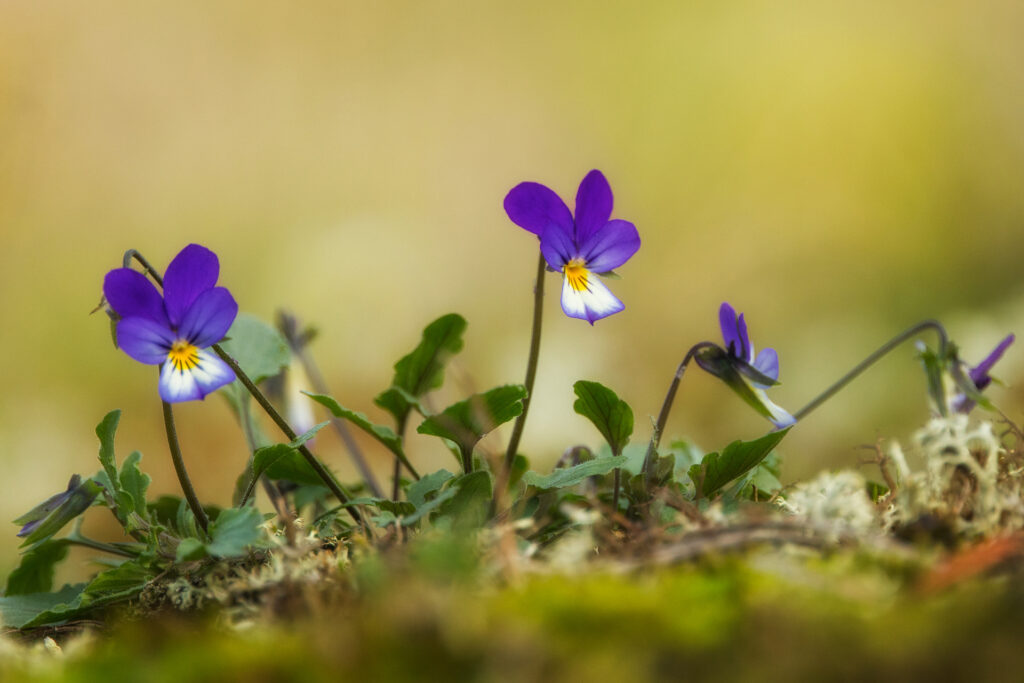
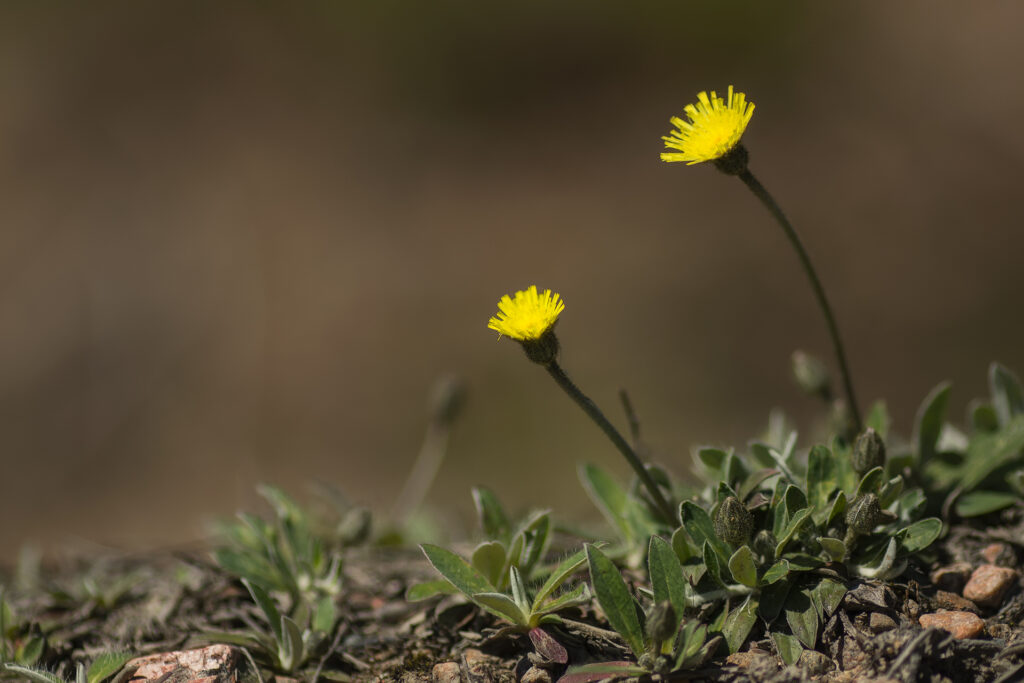
Field flowers and butterflies
Many of the blooming plants found in dry meadows, such as maiden pink, mountain everlasting, sticky catchfly, wild pansy and mouse-ear hawkweed, produce beautiful flowers. Although colourful flowers are pleasing to the human eye, for the plants themselves flowers are less about aesthetics more about reproduction. Flowering plants are insect-pollinated. They use their flowers and nectar to attract pollinators – butterflies, beetles, hymenopterans and flies – which diligently fly from flower to flower in fields. While doing so, they also transfer pollen from one plant to the next, which is what the plants are counting on to get their flowers fertilised and producing seeds. These seeds then grow into a new generation of plants.


